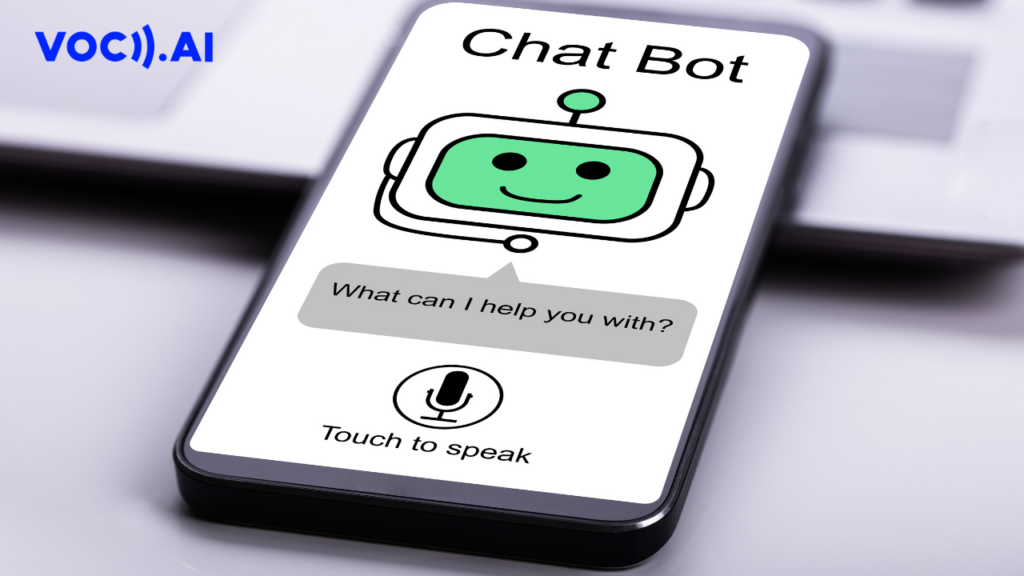
Chatbots, or conversational agents, have emerged as powerful tools in the field of artificial intelligence, transforming the way businesses interact with users. These virtual assistants are designed to simulate human conversation, offering a diverse range of features that cater to various needs. In this essay, we will delve into the different features of chatbots, examining their capabilities, advantages, and potential challenges.
After reading about different features of chatbots do you find yourself got overwhelmed? And are you unsure about which chatbot creator to pick? For this reason. We created an extensive table of comparisons that lets you evaluate different chatbot builders!
In this article we will compare these different chatbots below in terms of:
- Interface
- Components of Chatbots
- User’s/Client
- Messages
- Channels
- Integrations
- Promotions
- Pricing
- Analytics
- Templates
- Customer Assistance
- Areas where Chatbots differ.
- Conclusions
Interface

Components of Chatbots

User’s/Client

Messages

Channels

Integrations

Promotions

Pricing

Analytics

Templates

Customer Assistance

Areas where Chatbots Differ

- Natural Language Processing (NLP): Chatbots leverage Natural Language Processing to understand and interpret user input. This feature allows them to comprehend human language, analyze context, and generate relevant responses. As NLP technology advances, chatbots become more adept at understanding colloquial language, slang, and even context-dependent queries.
- User Intent Recognition: A key aspect of chatbot functionality is the ability to recognize user intent. By employing machine learning algorithms, chatbots can identify the underlying purpose of user queries and tailor responses accordingly. This enhances user experience by providing more accurate and contextually relevant information.
- Multichannel Capability: Modern chatbots are designed to operate seamlessly across various channels, including websites, messaging apps, and social media platforms. This multichannel capability ensures that users can interact with the chatbot using their preferred medium, promoting accessibility and convenience.
- Personalization and User Profiling: Chatbots can create personalized user experiences by storing and analyzing user data. Through user profiling, chatbots remember past interactions, preferences, and behaviors, allowing them to offer customized recommendations and responses. This personalized touch enhances user engagement and satisfaction.
- Task Automation: One of the primary purposes of chatbots is task automation. They can execute a wide range of tasks, from answering frequently asked questions to handling transactions and bookings. This feature streamlines processes, reduces workload on human operators, and enhances overall efficiency.
- Learning and Adaptability: Many chatbots are equipped with machine learning capabilities that enable them to learn and adapt over time. Through continuous exposure to new data, chatbots can improve their performance, refine responses, and stay up-to-date with evolving trends and information.
- Integration with External Systems: Chatbots can integrate with external systems and databases, enabling them to fetch real-time information or perform actions that require interaction with other software. This integration expands their utility and allows for a broader range of applications.
- Emotional Intelligence: Some advanced chatbots are designed to exhibit a degree of emotional intelligence. They can detect user emotions based on language cues and respond with empathy. This feature enhances the human-like interaction, making the user feel understood and valued.
Conclusions
In conclusion, the features of chatbots are multifaceted and continually evolving. From natural language processing to task automation and emotional intelligence, these virtual assistants have become integral in various industries. As technology advances, we can expect chatbots to become even more sophisticated, providing enhanced user experiences and contributing to the continued evolution of artificial intelligence.
Related-must read:
- Dialogflow: A platform Review 2023
Flow XO: A platform review for 2023 - BotStar: Evaluation of chatbot software
- WhatsApp Chatbot: How to create WhatsApp bot?
- Voice Ai (Artificial Intelligence): Definition and Advantages for Business
- Why Banking Chatbots are the Must for Banks: 10 Key Benefits
- Banking Chatbots: Making use of AI’s Full Potential to Transform the Banking Sector
- Chatbot Vs. Conversational Ai- Everything you need to know
- A Complete Guide to Chatbot Like ChatGPT for 2023
